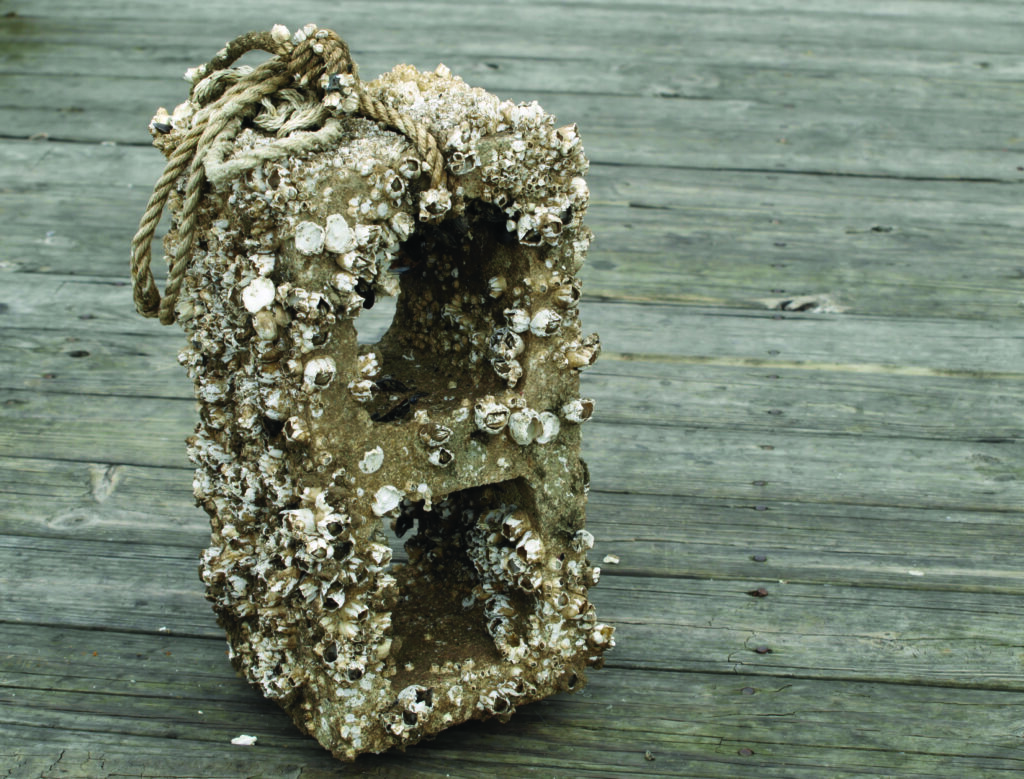Barnacles (April 28)


For centuries, barnacles–crustaceans that live inside their exoskeletons–have frustrated ship owners because they like to glue themselves to ship hulls. It is difficult to remove them because their glue is so tenacious. But how does a barnacle’s glue stick to a wet surface?
There are two steps needed for a barnacle to adhere itself to an underwater surface: first it needs to clear the water away, and then it cements itself to the surface. The barnacle larva, which is the active swimming stage of a barnacle, releases an oily droplet to clear the water from the surface to which it wants to stick itself. Then, the larva releases a phosphoprotein adhesive. In essence, a super-glue!
Scientists are studying this two-step process in hope of being able to manufacture the glue for surgical use. We make great claims on how scientifically smart we are, but we can always improve our science by having a better understanding of how God made the identical thing in nature. Who knows, the next time you have surgery, “barnacle superglue” may be used!
Psalm 28:7
Reference
Barnacle Superglue Finally Comes Unglued
“Nature’s Strongest Glue comes Unstuck”. Newcastle University, UK. Retrieved June 2016
